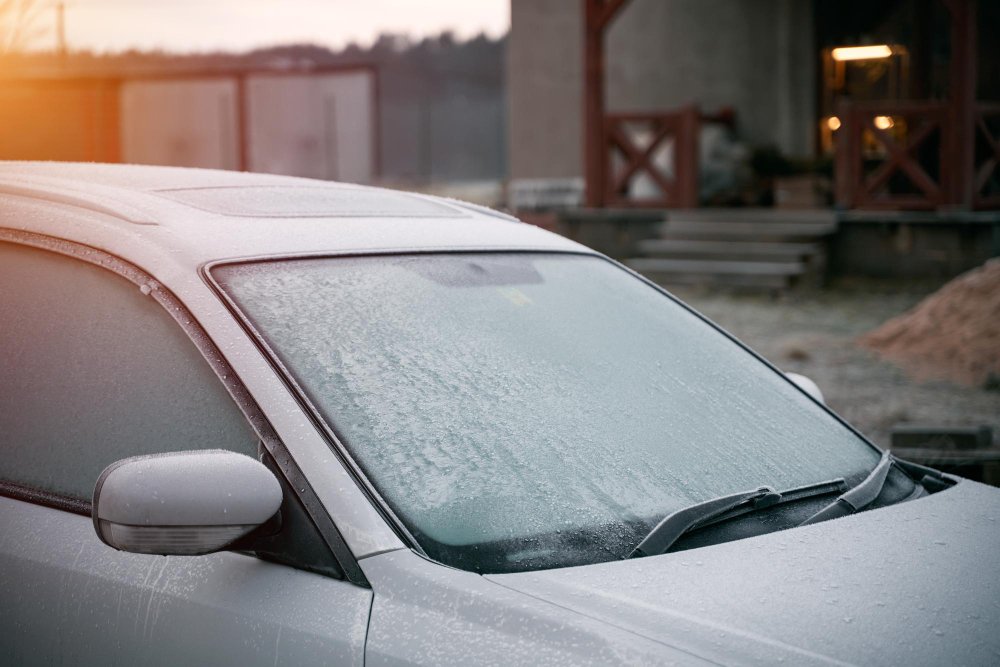Checking Out the Various Kinds Of Home Window Tinting: A Comprehensive Summary for Car Owners
In the realm of automobile improvements, home window tinting sticks out as a practical selection for car owners aiming to enhance convenience and aesthetics while supplying essential defense. With different kinds of films offered-- ranging from dyed and metalized to advanced ceramic options-- each offers distinct advantages and prospective downsides that merit careful consideration. In addition, recognizing the lawful policies controling tinting in different territories includes an additional layer of intricacy to the decision-making procedure. As we check out these options, the effects for both functionality and conformity come to be significantly clear.
Advantages of Home Window Tinting
Window tinting offers a myriad of benefits that improve both the aesthetic allure and capability of automobiles. Among the main advantages is the decrease of hazardous ultraviolet (UV) rays, which can cause skin damages and increase the danger of skin cancer. By blocking as much as 99% of UV radiation, tinted windows supply necessary protection for guests during long journeys or daily commutes.
Additionally, window tinting significantly boosts indoor convenience by decreasing glow and heat accumulation. This not just develops a more enjoyable driving experience yet also minimizes the reliance on a/c, resulting in sustain cost savings. Improved privacy is another essential advantage; tinted home windows cover the view right into the vehicle, safeguarding personal items and making sure a complacency for residents.
Furthermore, window tinting can lengthen the lifespan of a car's interior by reducing sunlight damage, such as fading and cracking of upholstery. Ultimately, several jurisdictions identify the visual worth of colored home windows, which can elevate a car's overall look and resale worth. In summary, the multifaceted advantages of home window tinting make it a beneficial investment for automobile owners looking for to boost style, comfort, and safety and security.
Sorts Of Home Window Tint Films
A selection of window color films are readily available on the market, each made to meet various requirements and preferences. One of the most typical types include dyed, metalized, ceramic, and hybrid films.
Colored movies are preferred for their aesthetic appeal, as they provide a darker tint without showing light. They are normally less pricey yet might discolor in time. Metalized movies, on the other hand, consist of steel fragments that mirror warmth and UV rays, boosting resilience and performance. However, they may disrupt electronic signals.
Ceramic movies represent a costs option, offering premium heat rejection and UV security without the disadvantages of reflectivity. These movies are non-conductive and do not impact electronic devices, making them a popular option amongst auto proprietors seeking high performance. Lastly, crossbreed movies integrate the advantages of dyed and metalized movies, providing a balance in between cost and performance.
Choosing the right movie depends on private concerns such as heat rejection, appearances, and spending plan. Understanding the characteristics of each kind can direct car proprietors in making informed choices that line up with their particular demands and preferences.

Lawful Laws on Tints
Legal policies on home window tinting vary dramatically throughout different regions, showing regional laws and safety and security standards focused on making sure driver presence and safety and security. In the United States, as an example, each state has its own set of policies controling the acceptable degrees of tint darkness, usually gauged by Visible Light Transmission (VLT) percentages. While some states allow darker colors for rear home windows, others enforce more stringent limits on front side windows and windshields.
Internationally, policies can vary much more drastically (window tinting clovis). Nations might implement full restrictions on tinting or restrict it to lighter shades. For instance, in the European Union, the front windscreen must enable a minimum of 75% of light to go through, while the front side windows should permit a minimum of 70%.
Conformity with these policies is vital, as failure to adhere can cause fines, required removal of my latest blog post non-compliant colors, or also lorry assessments. Lorry proprietors need to familiarize themselves with their regional legislations before applying home window tinting. Consulting with professionals and assessing state or nationwide guidelines can aid make sure that any type of chosen tint follow legal criteria, ultimately boosting both security and aesthetic appeals.
Installment Process and Considerations
When thinking about the installation of window tinting for cars, several vital aspects need to be thought about to make certain an effective result. First and leading, choosing the right type of tint is essential, as various materials use various degrees of heat being rejected, UV protection, and aesthetic allure. Additionally, it is very important to check local policies regarding tint darkness and reflectivity to stay compliant with the regulation.
The installment process itself can be carried out DIY or by a specialist. While DIY sets are readily available, expert installation is frequently recommended for optimum outcomes. Specialists possess the needed skills, tools, and experience to make certain a perfect application, which lessens the danger of bubbles, creases, or peeling.
Before setup, the vehicle's windows ought to be thoroughly cleaned and dried to stop pollutants from interfering with the adhesive. By taking into consideration these elements, automobile proprietors can improve their driving experience while making sure the durability and effectiveness of their home window color.
Upkeep and Treatment Tips
Proper upkeep and care are vital for maintaining the look and functionality of window tinting after installation. To make certain durability, vehicle owners need to wait a minimum of two days before rolling down their windows, allowing the adhesive to cure click to read correctly. Regular cleaning is essential; nonetheless, it is essential to utilize mild, ammonia-free solutions and soft microfiber cloths to stay clear of damaging the color.
When cleaning your vehicle, prevent high-pressure water sprays directly on the tinted home windows, as this can deteriorate the sticky gradually. Instead, make use of a wet fabric to wipe the surface carefully. In addition, avoid using unpleasant materials, such as harsh sponges or brushes, which official statement can harm the color.
Evaluate your home window color occasionally for indications of bubbling, peeling, or discoloration. If any problems are discovered, seek advice from an expert to identify whether repairs or replacements are required. Additionally, vehicle parking in shaded locations or using sunshades can further safeguard your color from prolonged sunlight exposure, which can cause fading.
Verdict
In recap, recognizing the various kinds of home window tinting is vital for vehicle proprietors aiming to enhance convenience, visual appeals, and defense. Correct installation and upkeep better guarantee ideal efficiency and durability of the tint.
In recap, the diverse advantages of window tinting make it an important investment for lorry proprietors seeking to enhance safety and security, convenience, and style.
Lawful laws on window tinting vary substantially across various regions, showing regional regulations and security standards aimed at ensuring motorist exposure and safety. While some states permit darker colors for rear home windows, others enforce more stringent limitations on front side home windows and windshields.
